Digital
Hannah Williamson, Cate Munt, Thomas Williams, Phillip Halpin, Liam Edginton, Shaye-Anna Brown The Train of Many Stations
-
Tauira / Students
Hannah Williamson, Cate Munt, Thomas Williams, Phillip Halpin, Liam Edginton, Shaye-Anna Brown -
Kaitautoko / Contributors
Emma Ward, Abbey Crawford, Jacob Karam, Anaru Puketapu, Callie Hsieh, Char Wilson -
Kaiako / Lecturer
Birgit Bachler
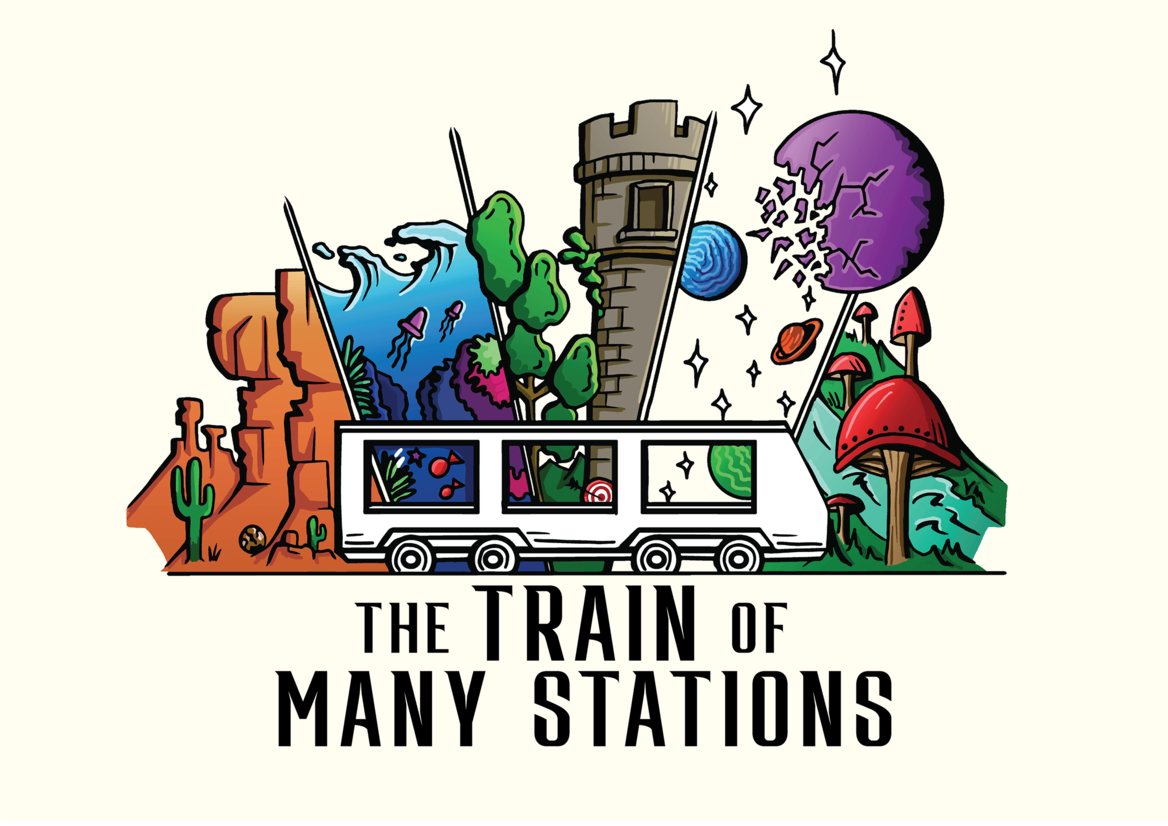
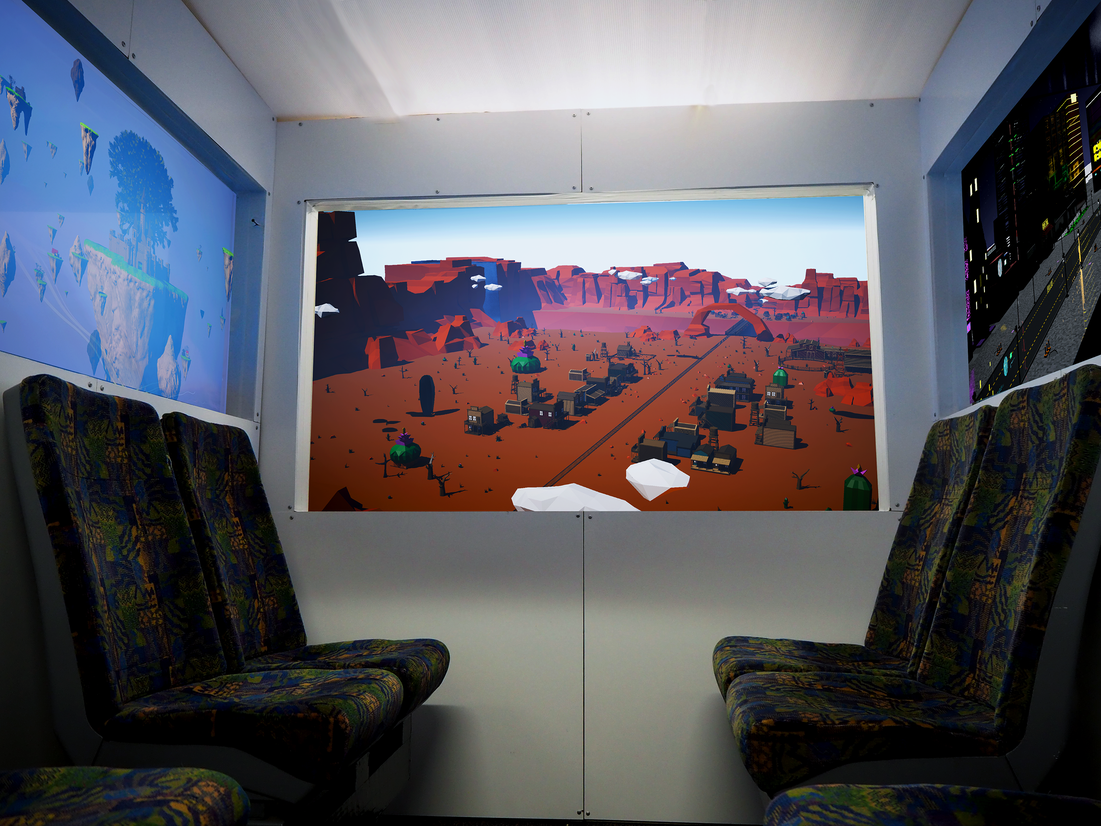
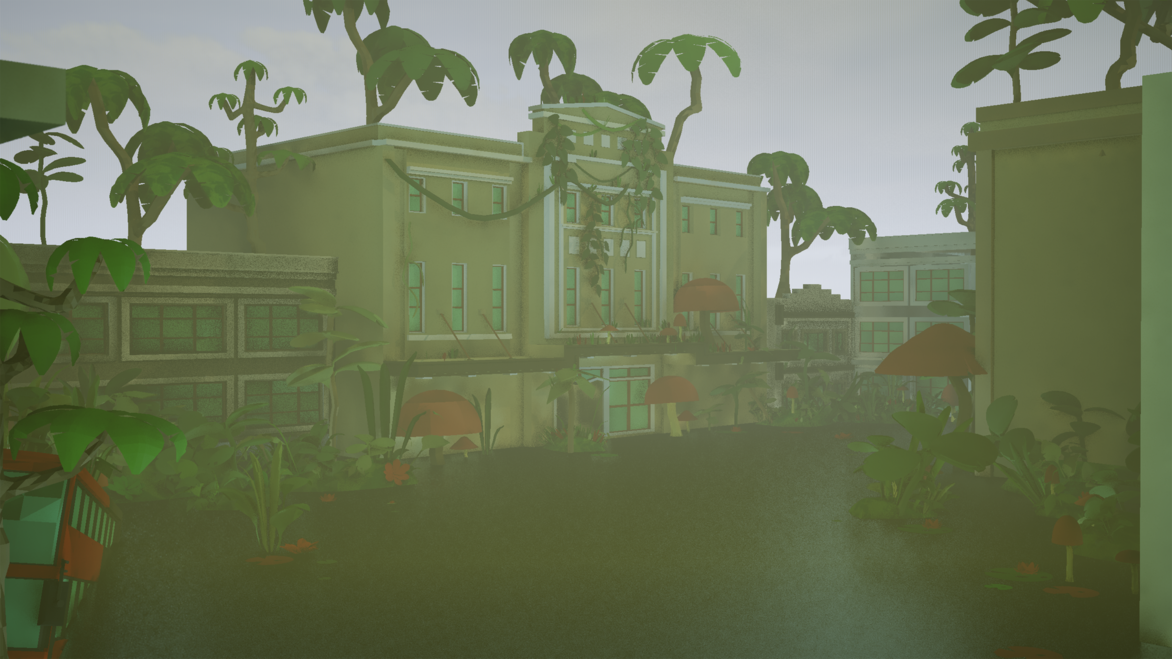
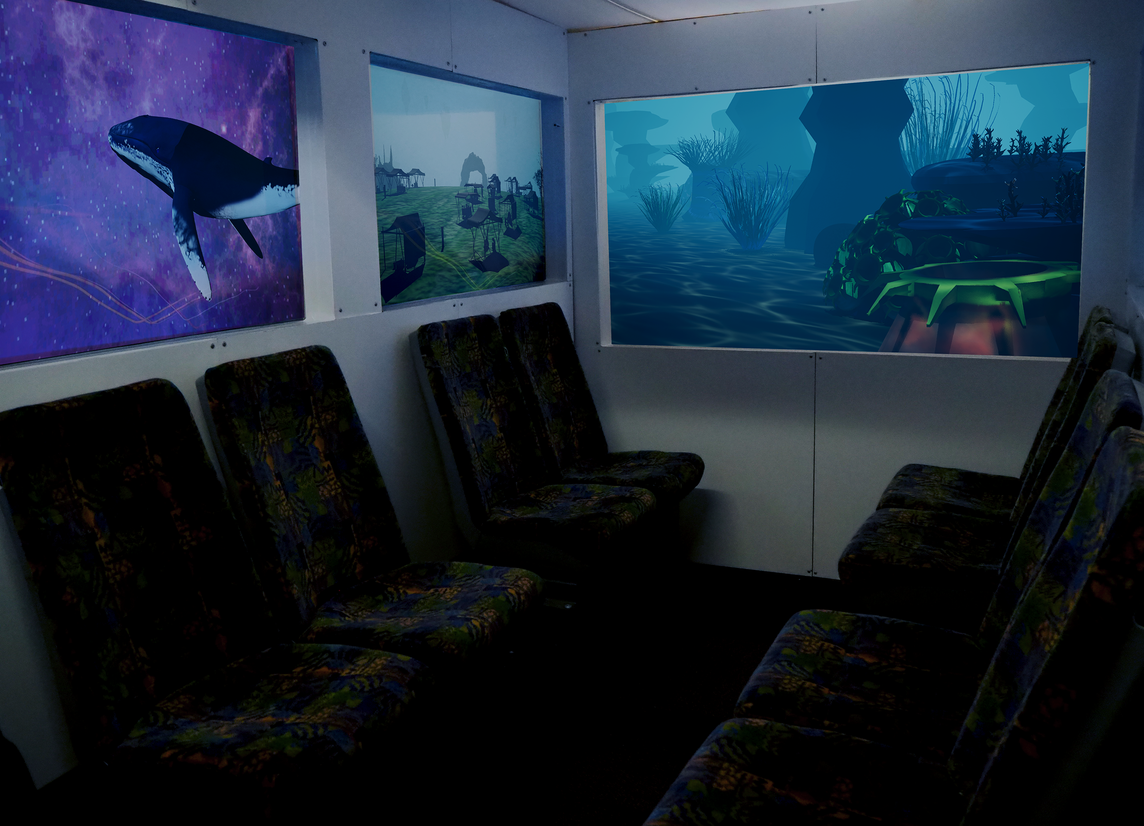
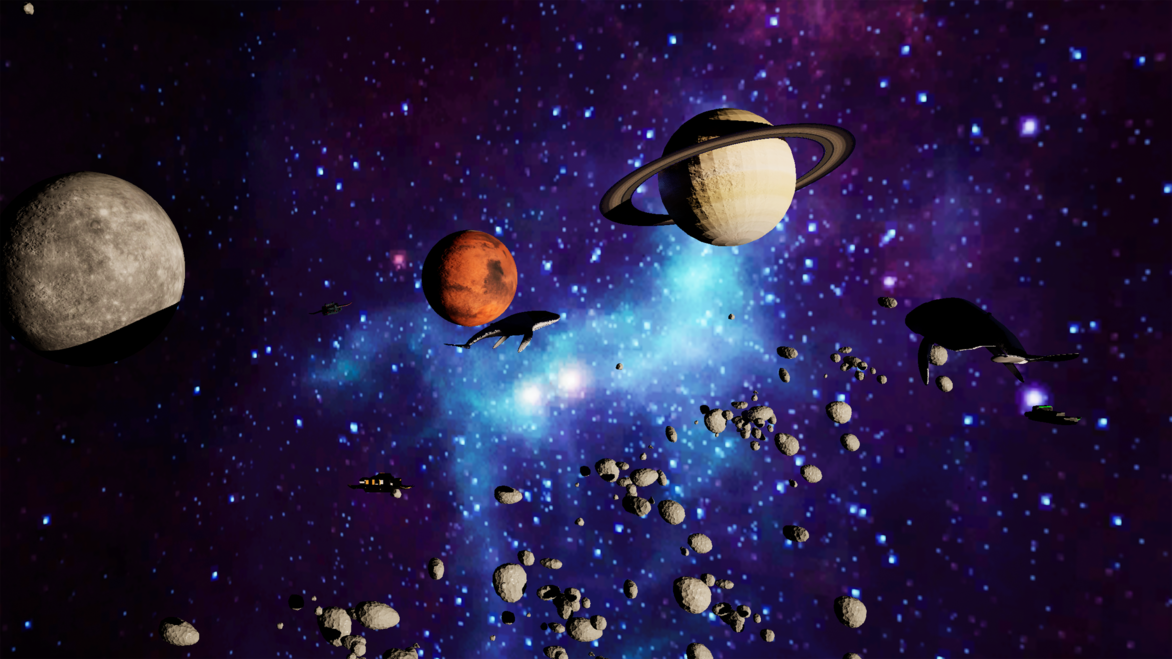
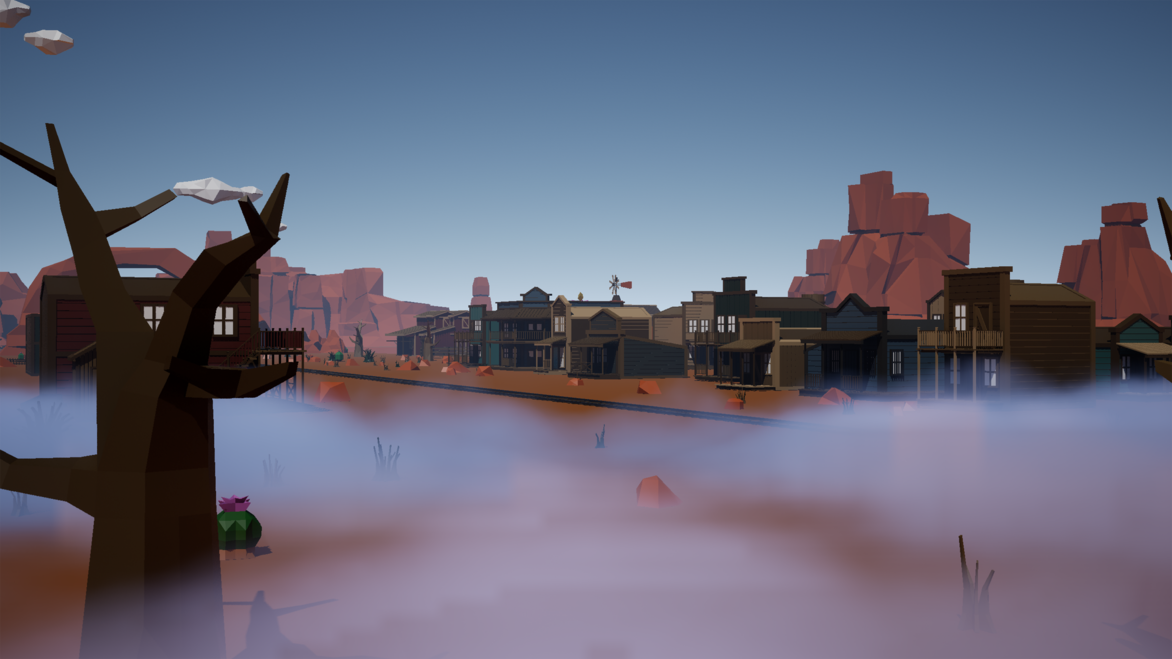
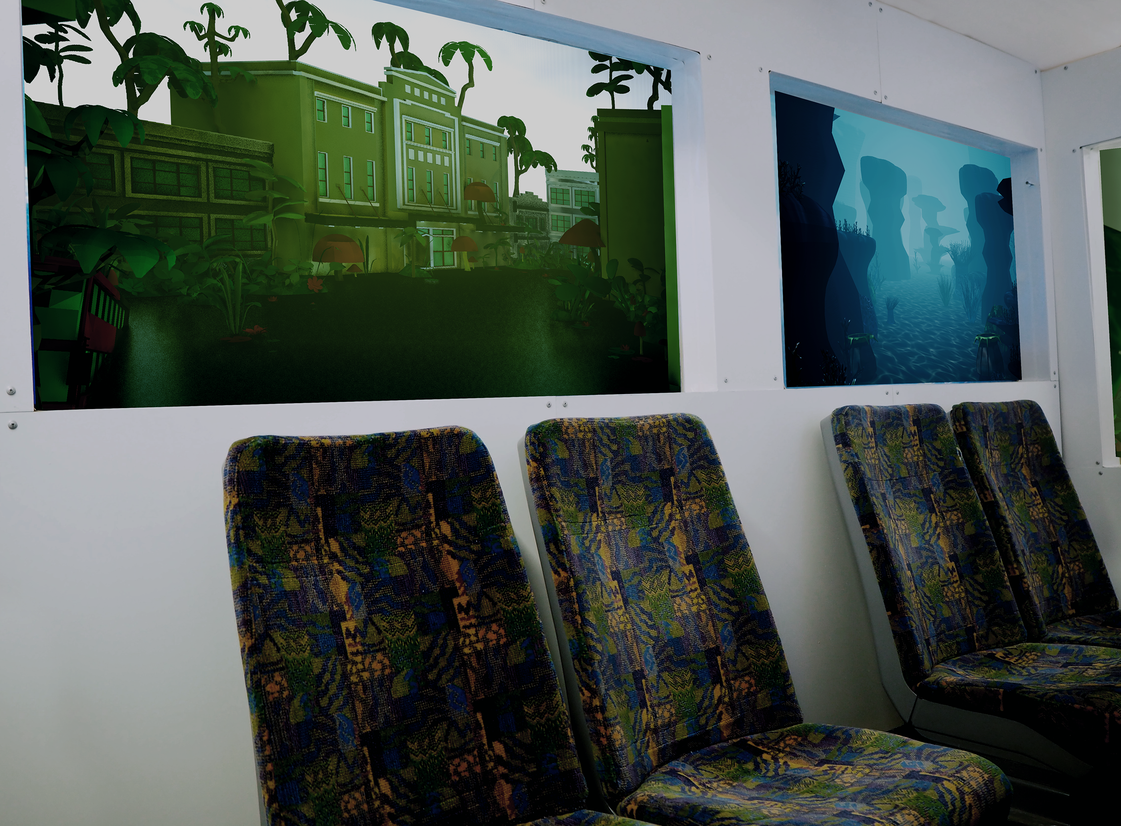
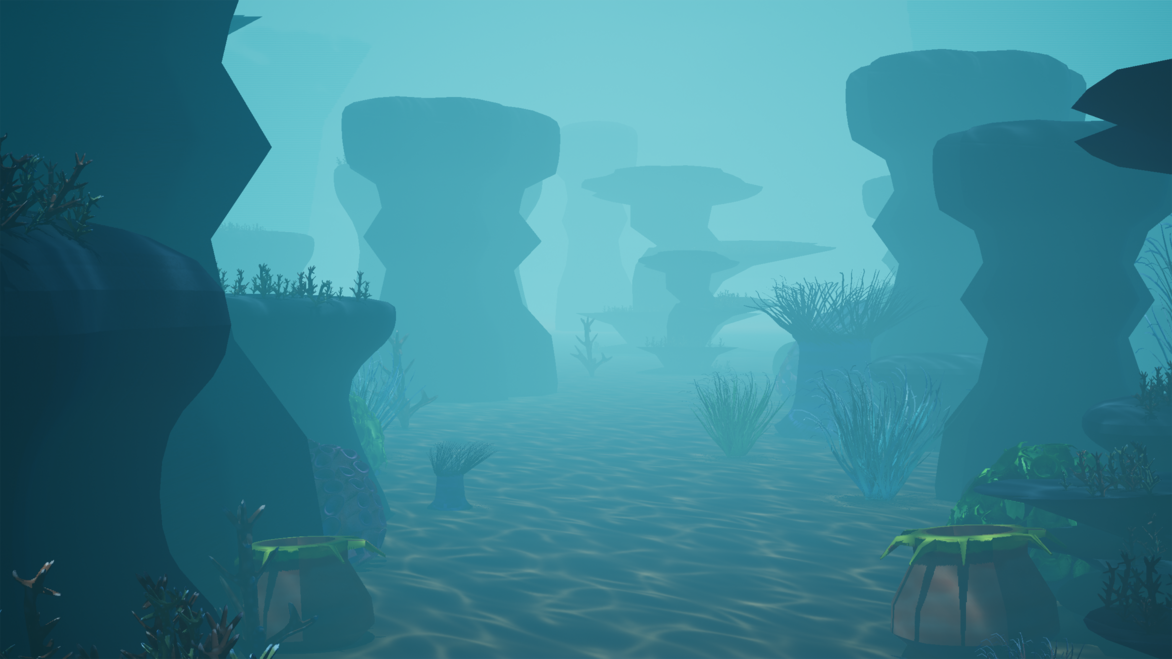
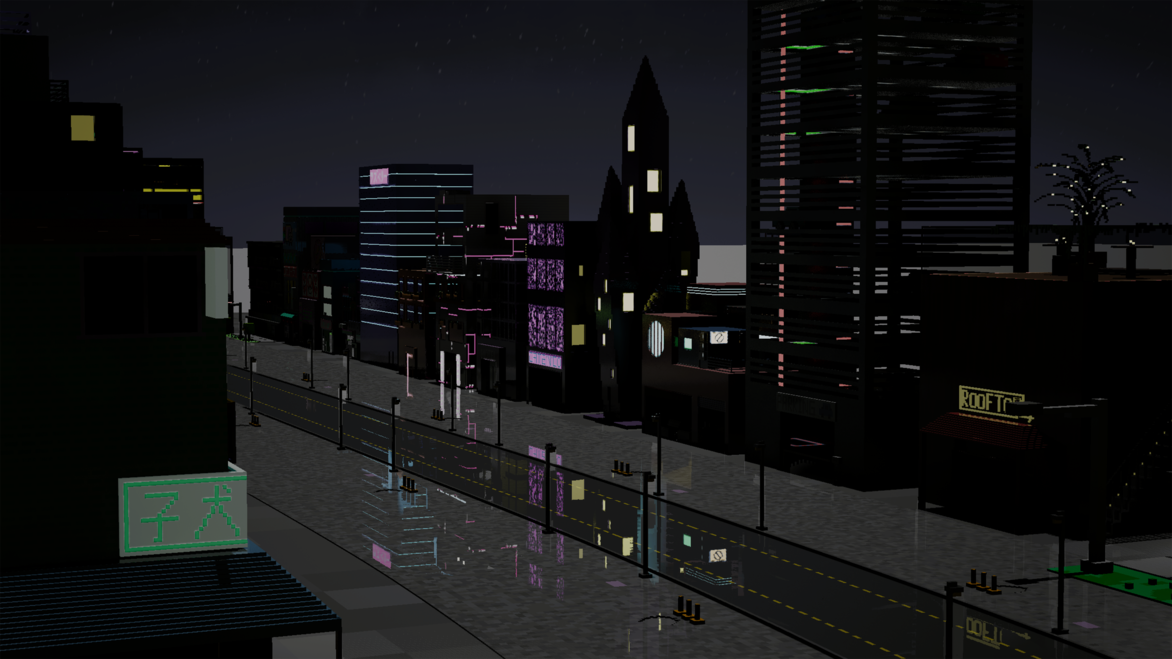
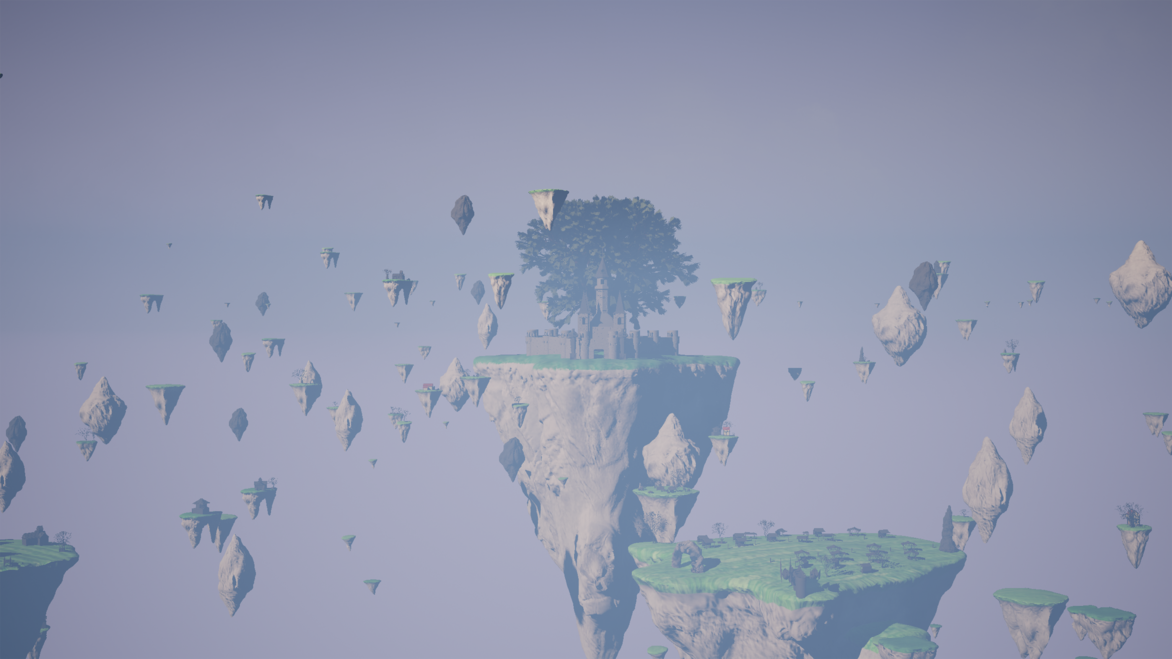
Description:
This project was conceptualised in early 2021 when international travel was at a standstill, and we wanted to create an experience that would fulfil the human desire to explore different places and invoke the excitement and anticipation one feels when embarking on a journey. In terms of transport, we found that a train fit with all of the ideals of the project - it would allow for a more communal experience between audience members, promote public transport as a more environmental option for travel, and give us a really fun way to move through the worlds.
The train is a central touchstone for our audience to ground them in the experience. The construction, style and colour scheme were designed to be both familiar and as neutral as possible so that the 3D worlds could shine. Due to limited space and the constant possibility of another lockdown we decided on a modular design that could be constructed, transported and stored in the limited space available to us. The layout was also designed to create a sense of togetherness for the audience, which is a feature we found distinctly lacking in traditional VR headset experiences. With the audience face to face, we invite them to experience each world with each other, and to work together to see the best of what the worlds have to offer.
The worlds are constructed inside of Unreal Engine, which are then projected onto 5 display 'windows' using nDisplay. The Train then follows a set path through the worlds, with an interactive web interface providing a way for the audience to interact with the worlds directly - i.e. changing the time of day or the movement of objects in the world. The rendering itself happens on two machines equipped with RTX 3090 graphics cards, while the web server runs on the master Unreal Engine machine and can be accessed by any device on the network. Our creative team has modelled hundreds of assets, each tailored to one of our world designs. These were collated using VR, which gave us the opportunity to view the worlds from a more realistic point of view, creating a more natural layout and further enhancing immersion. These worlds were inspired by anything from our favourite stories growing up, dream travel destinations and more. Our modellers and concept artists were encouraged to explore a range of different art styles, leading to some really unique settings that our audience loved coming back to.
Given the chance, the train could take students through the solar system, or a city planner through a new bus route. This isn’t just a prototype - the Train of Many Stations is a proof of concept, a learning experience, and an ongoing development that we hope to see have a life of its own one day.